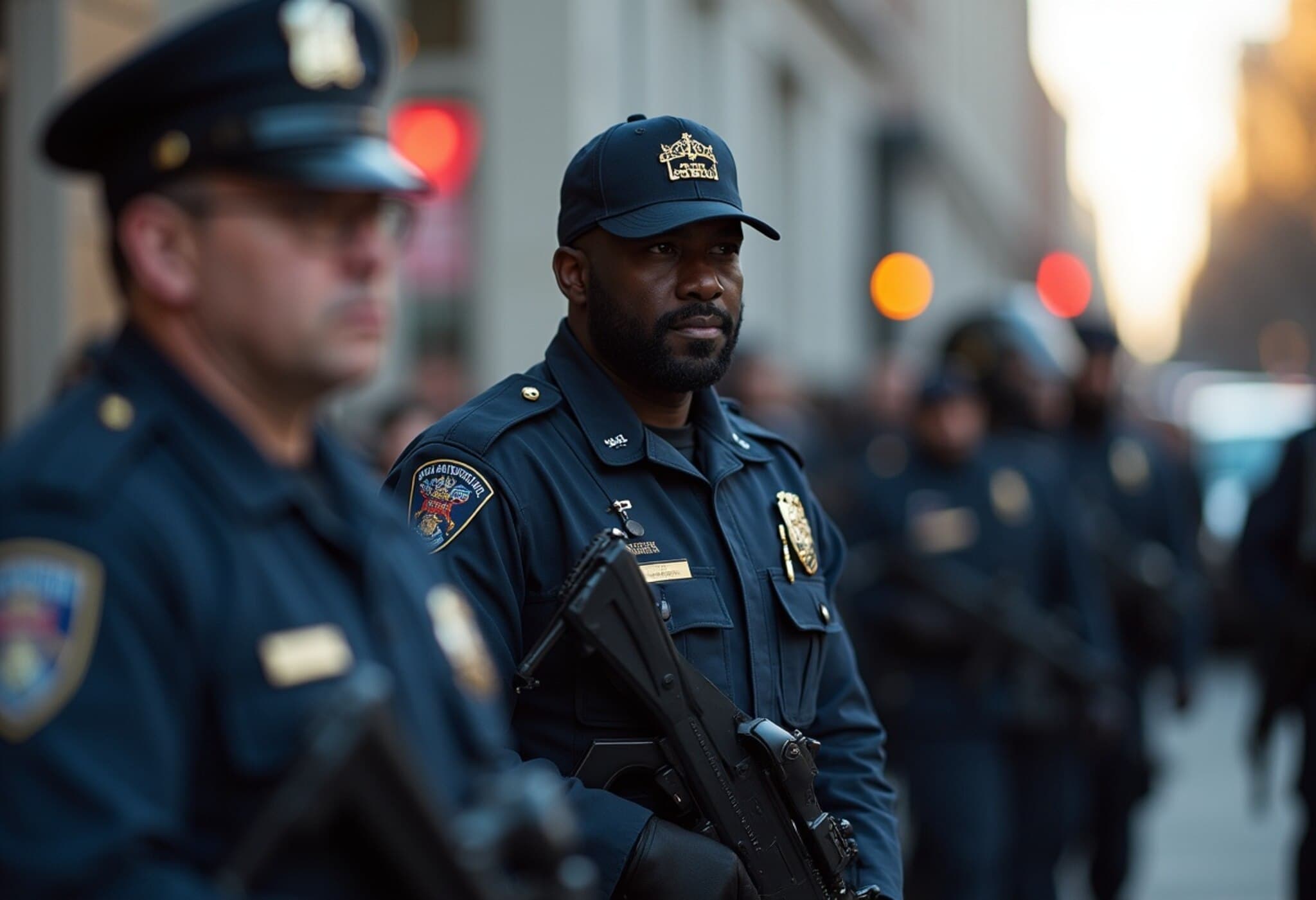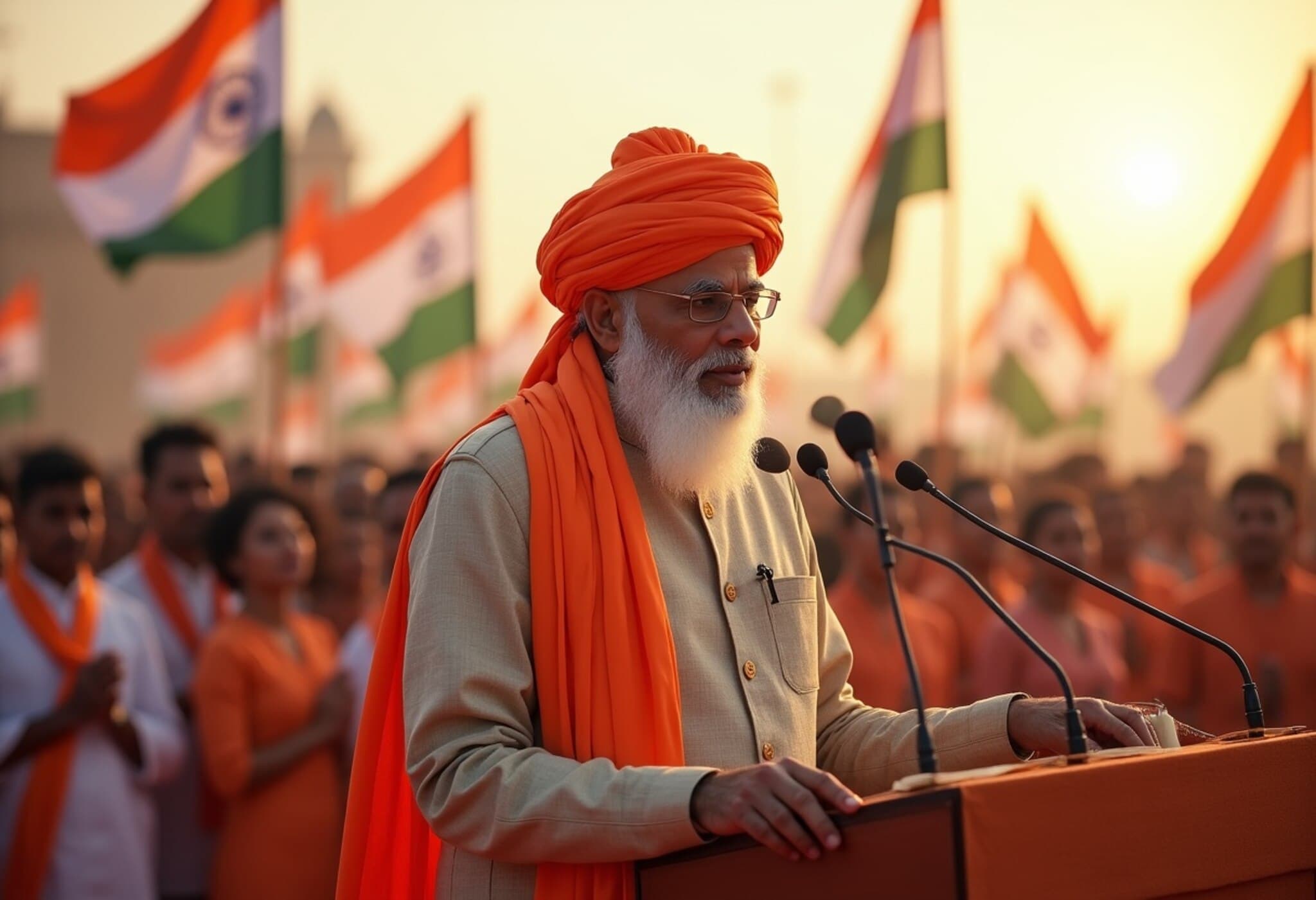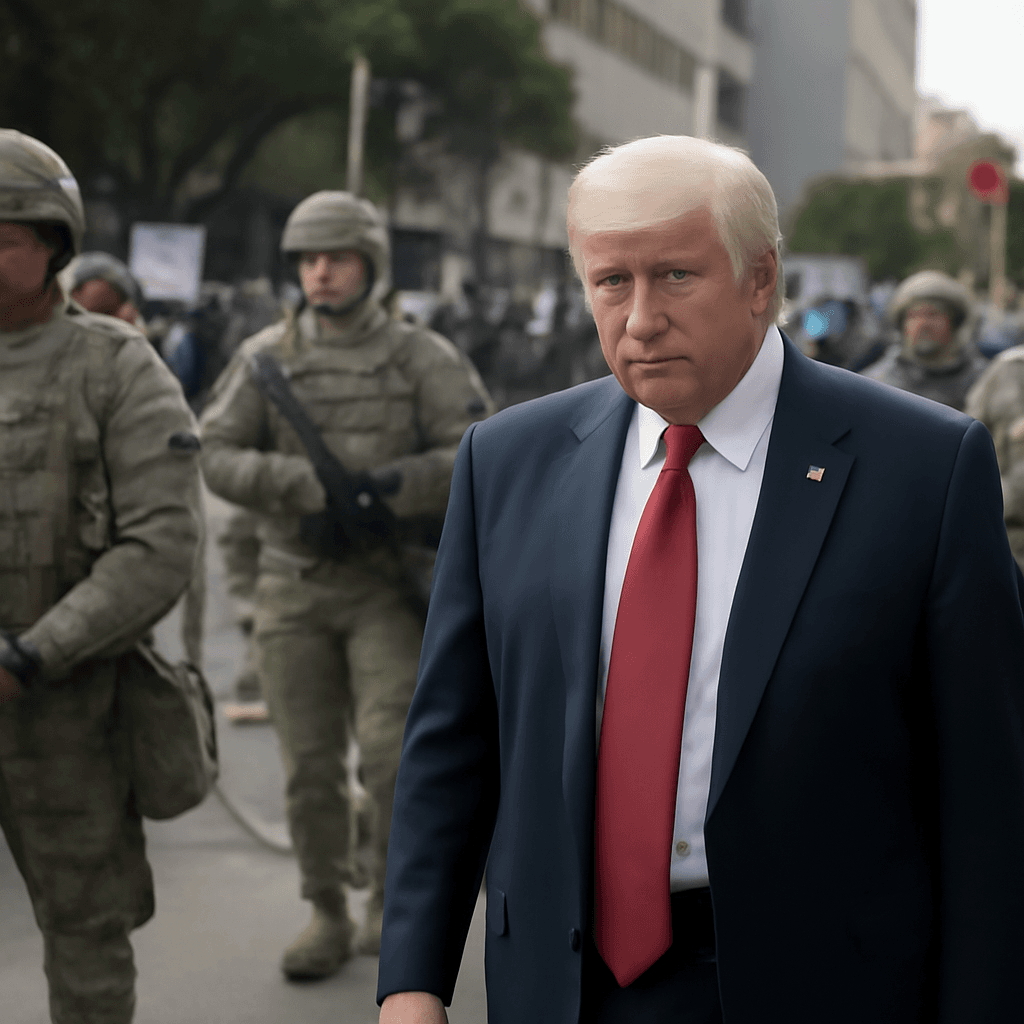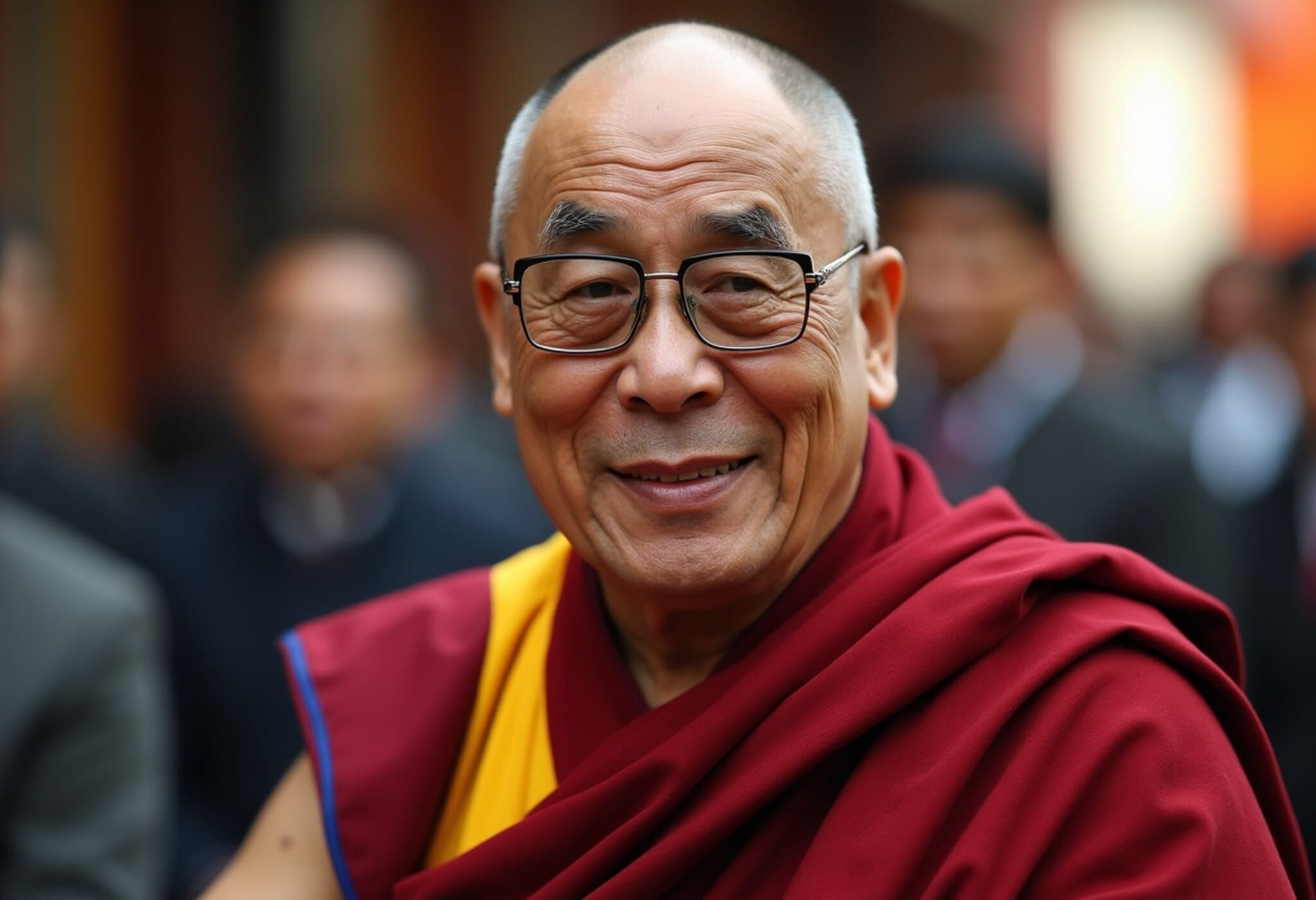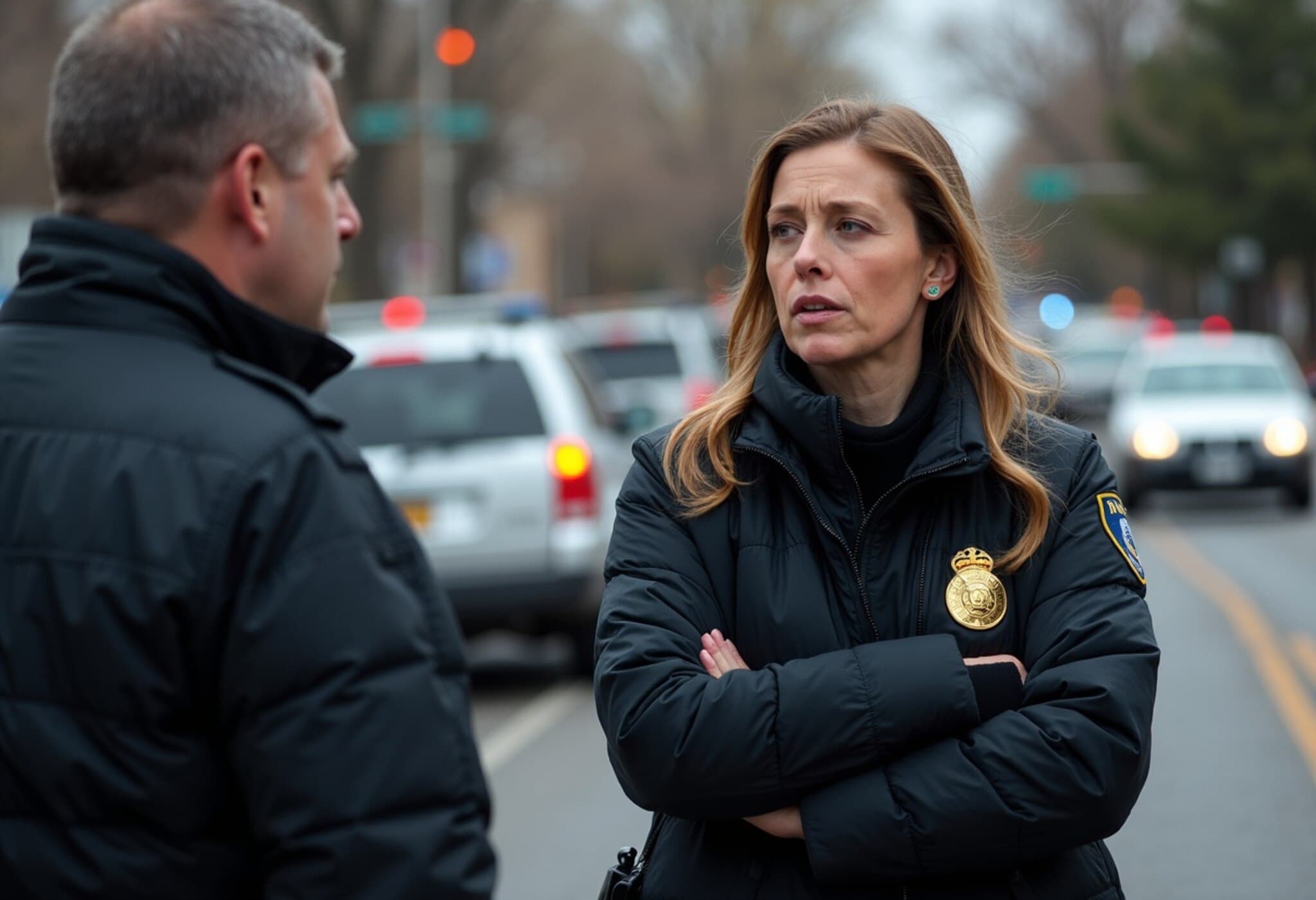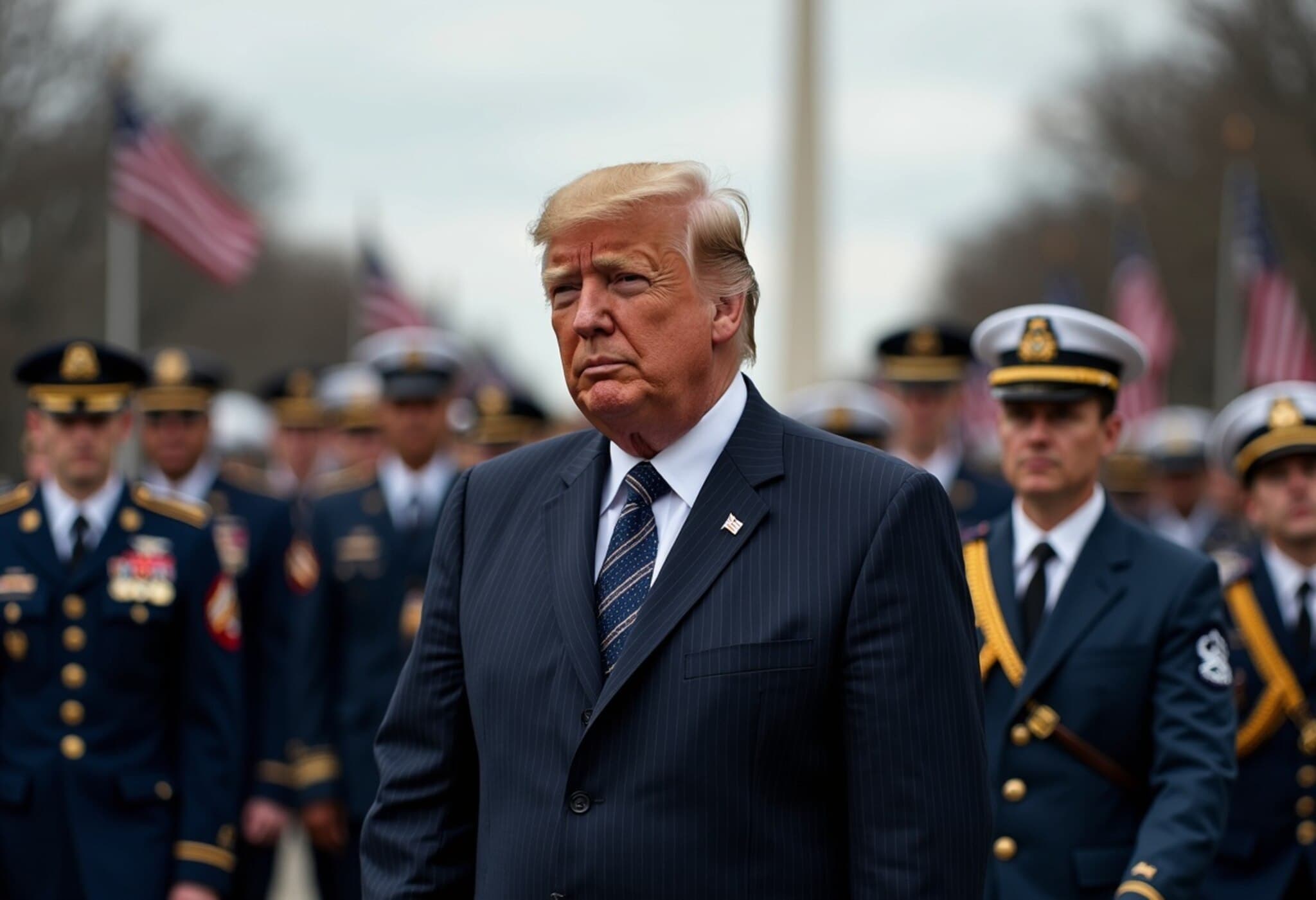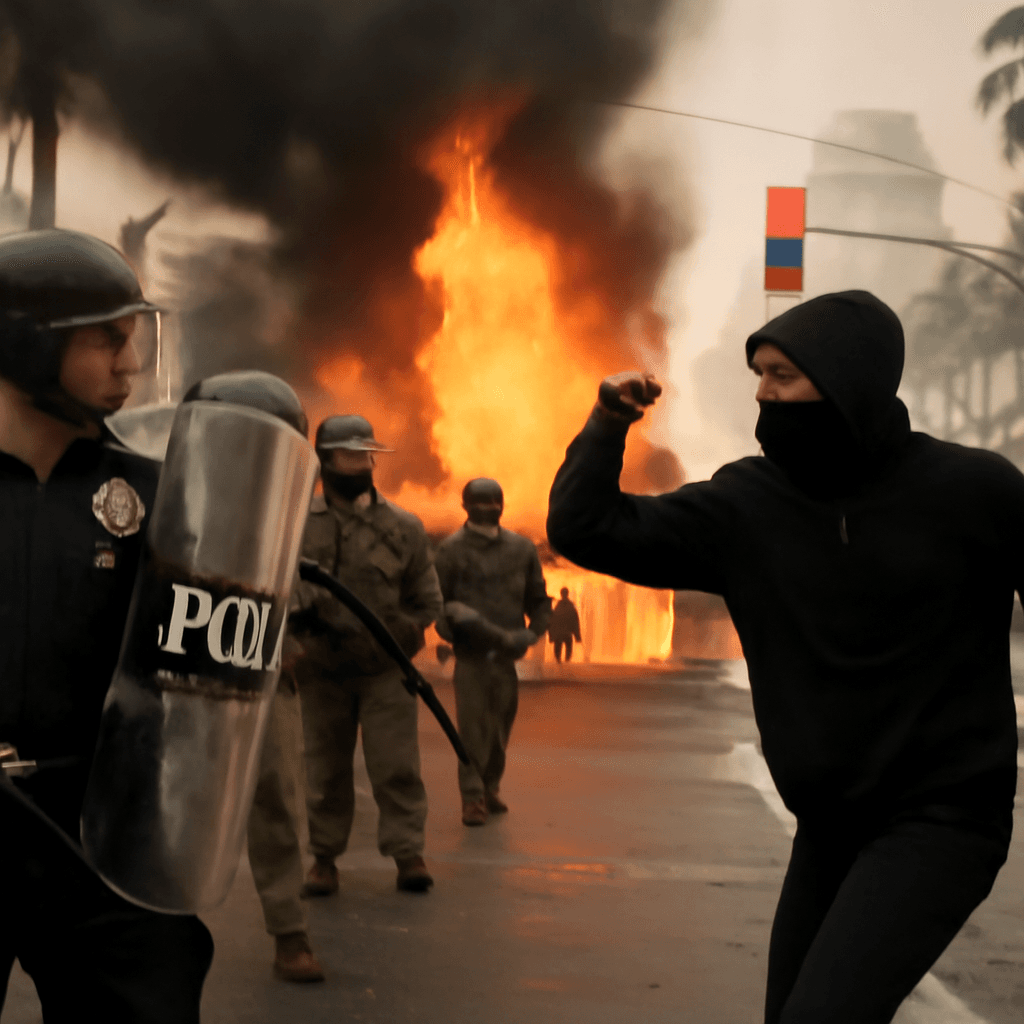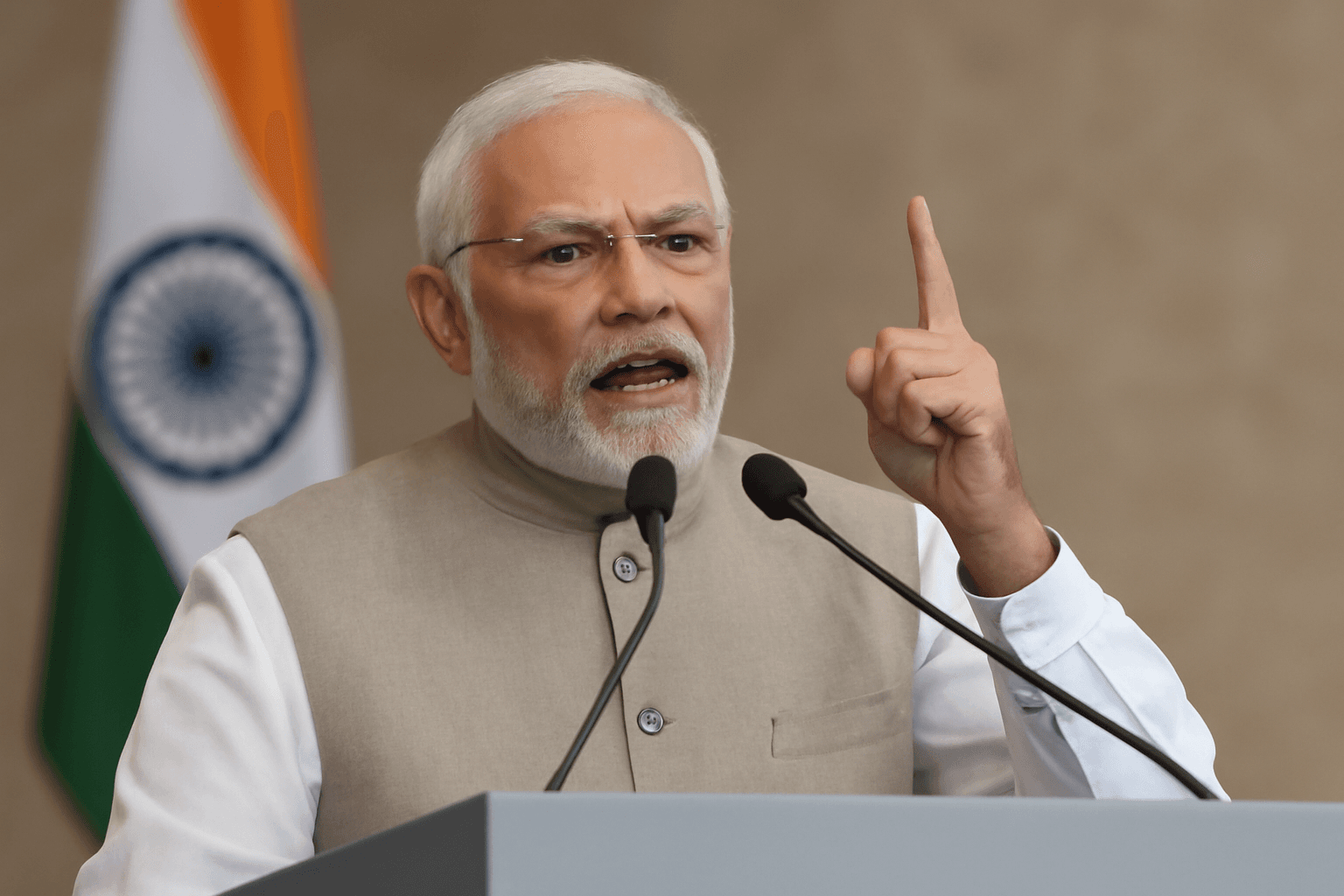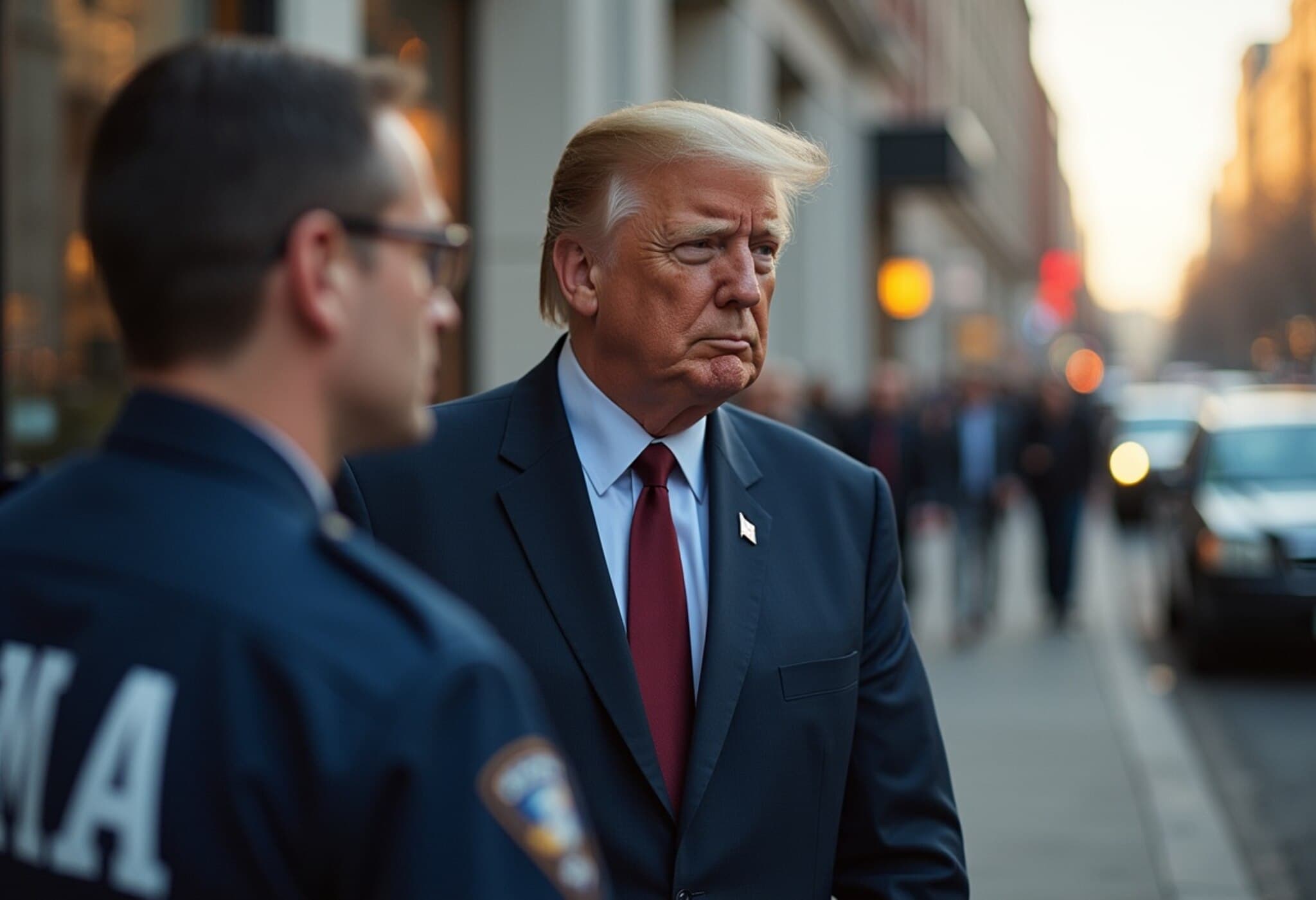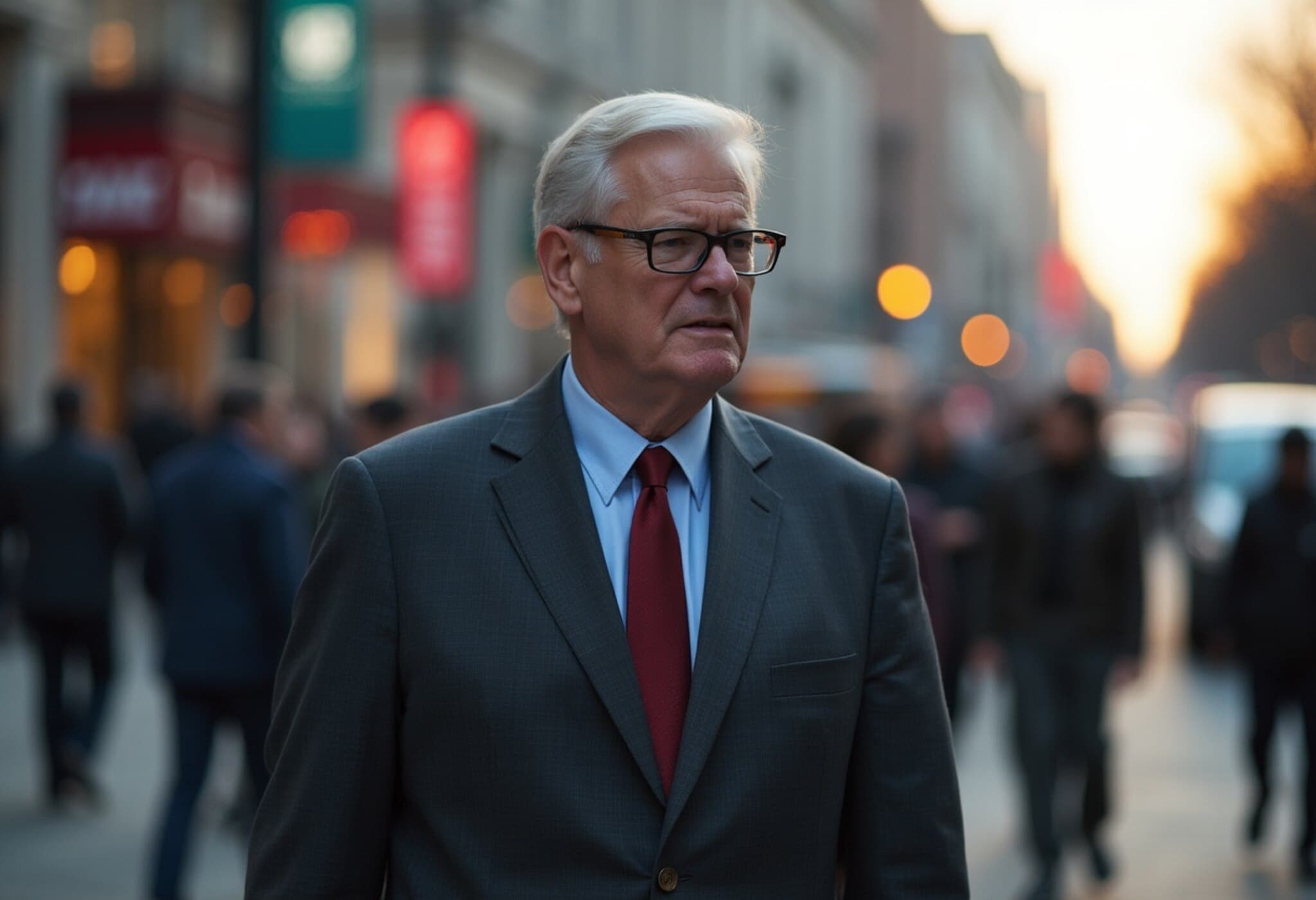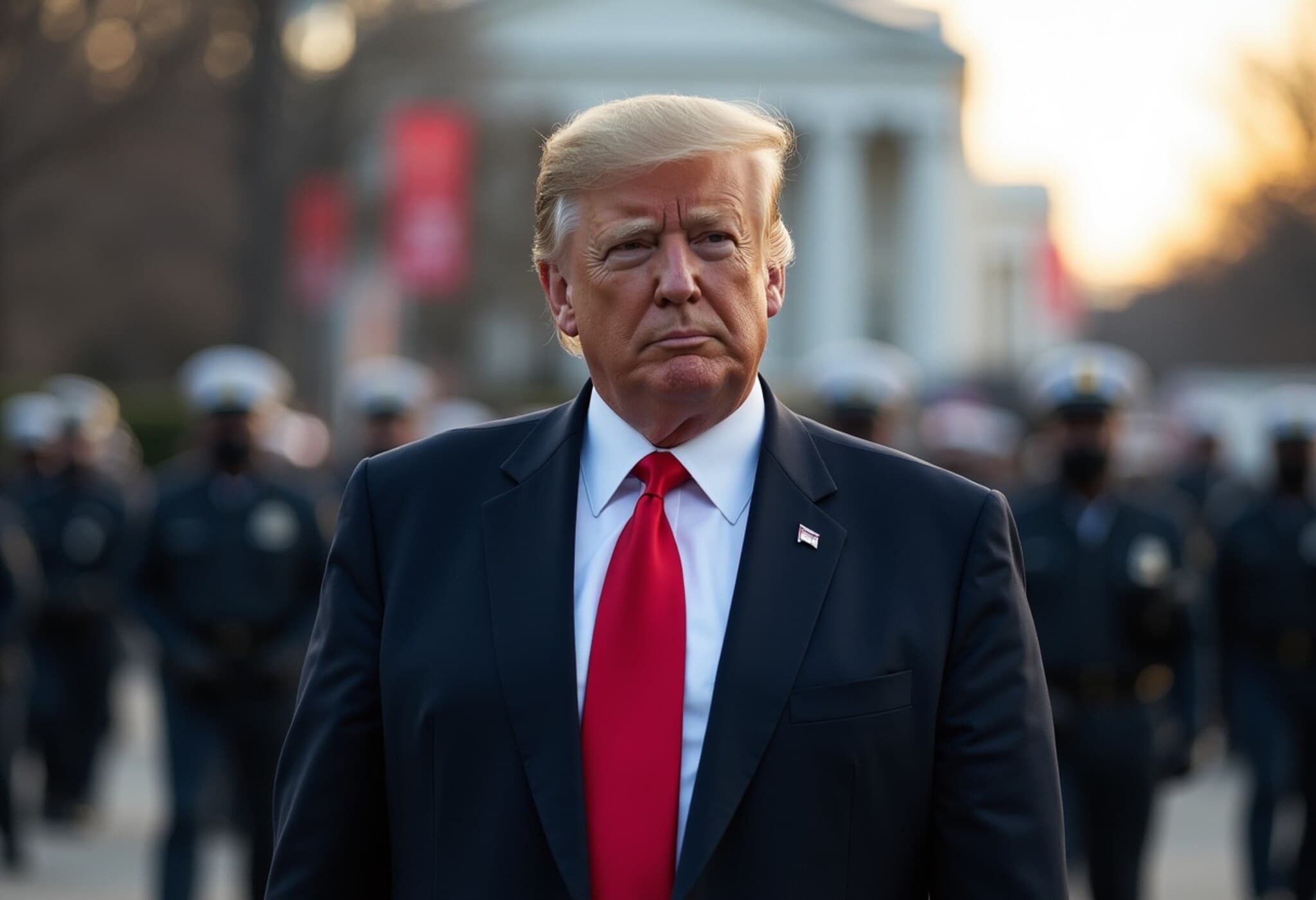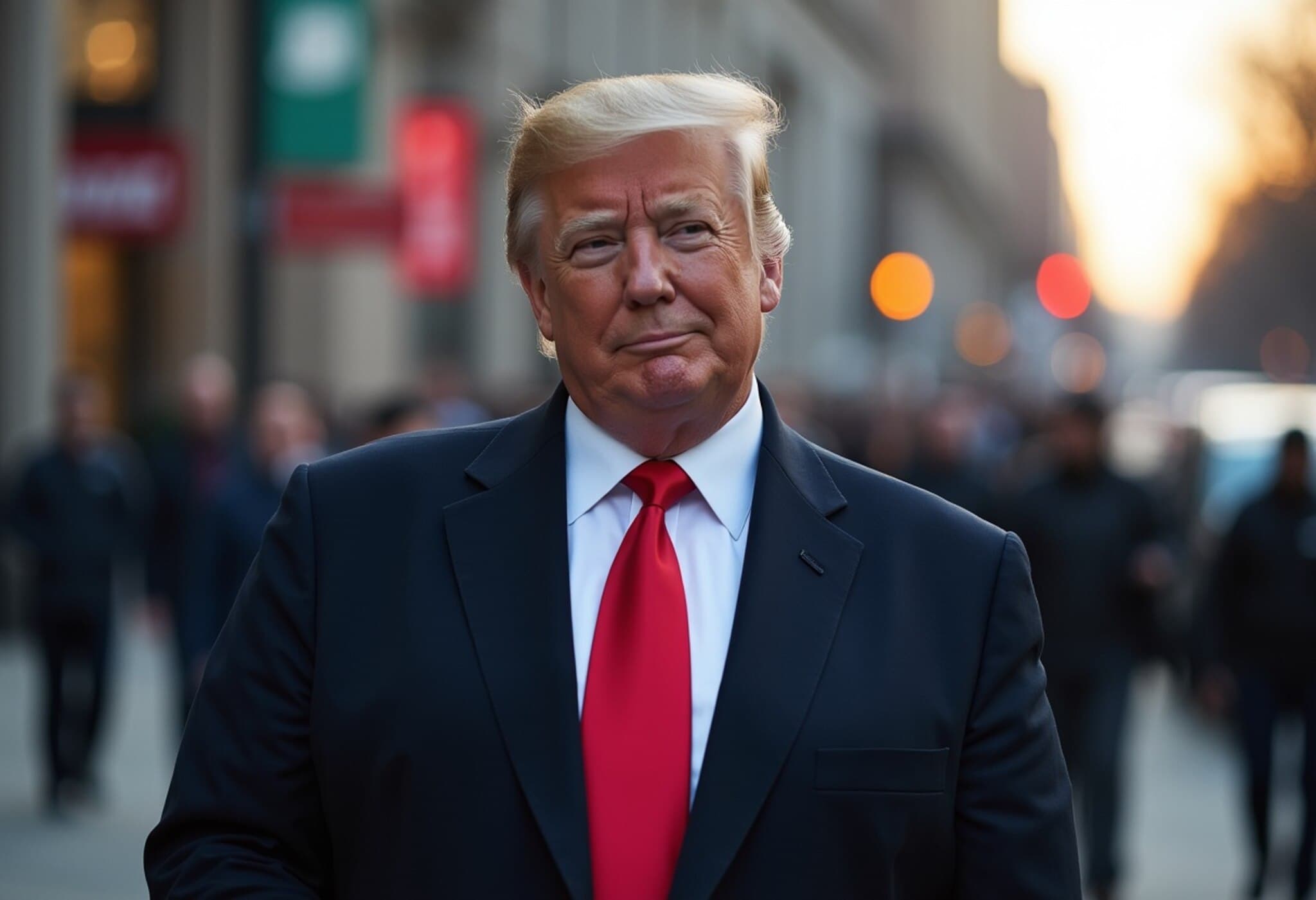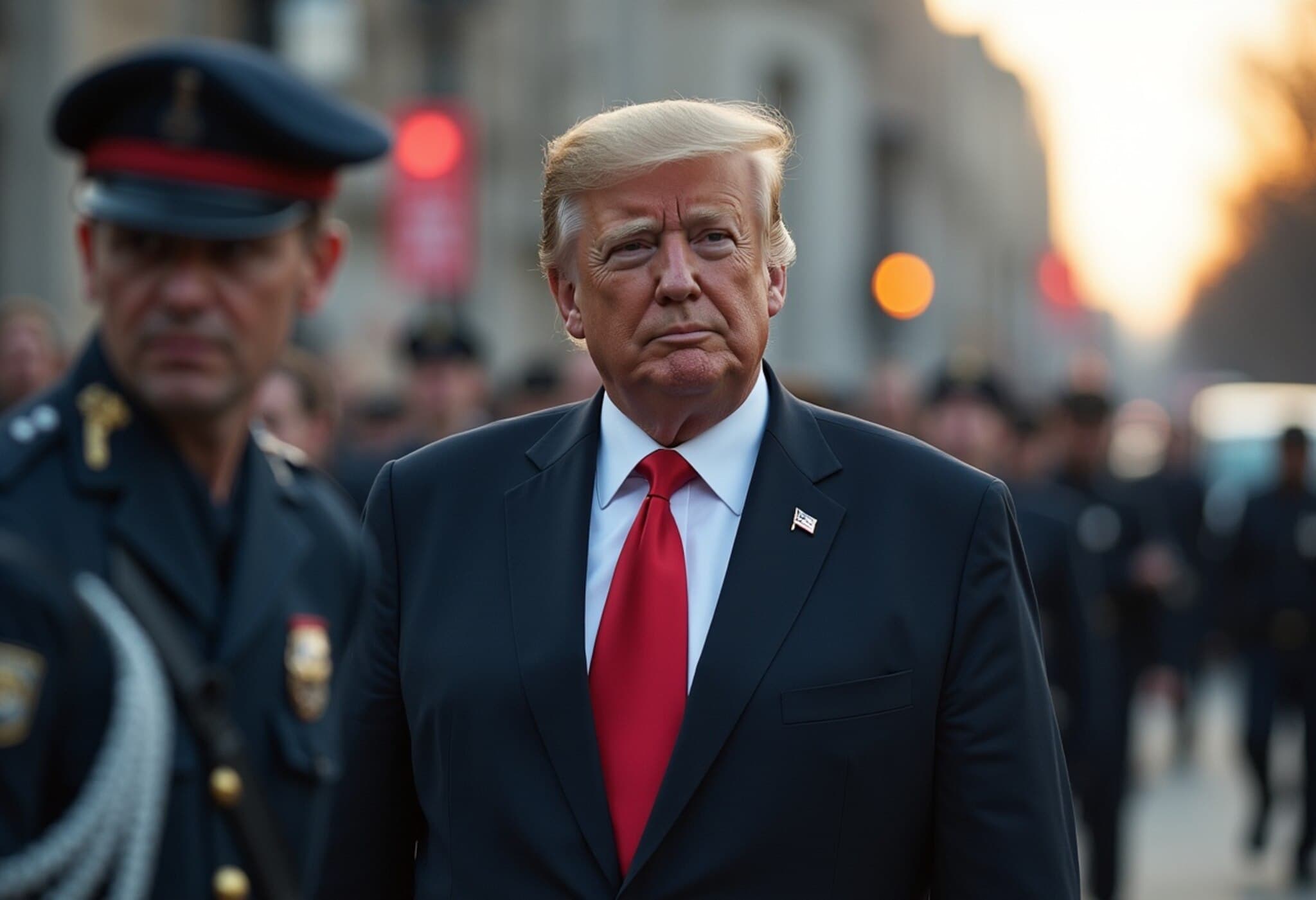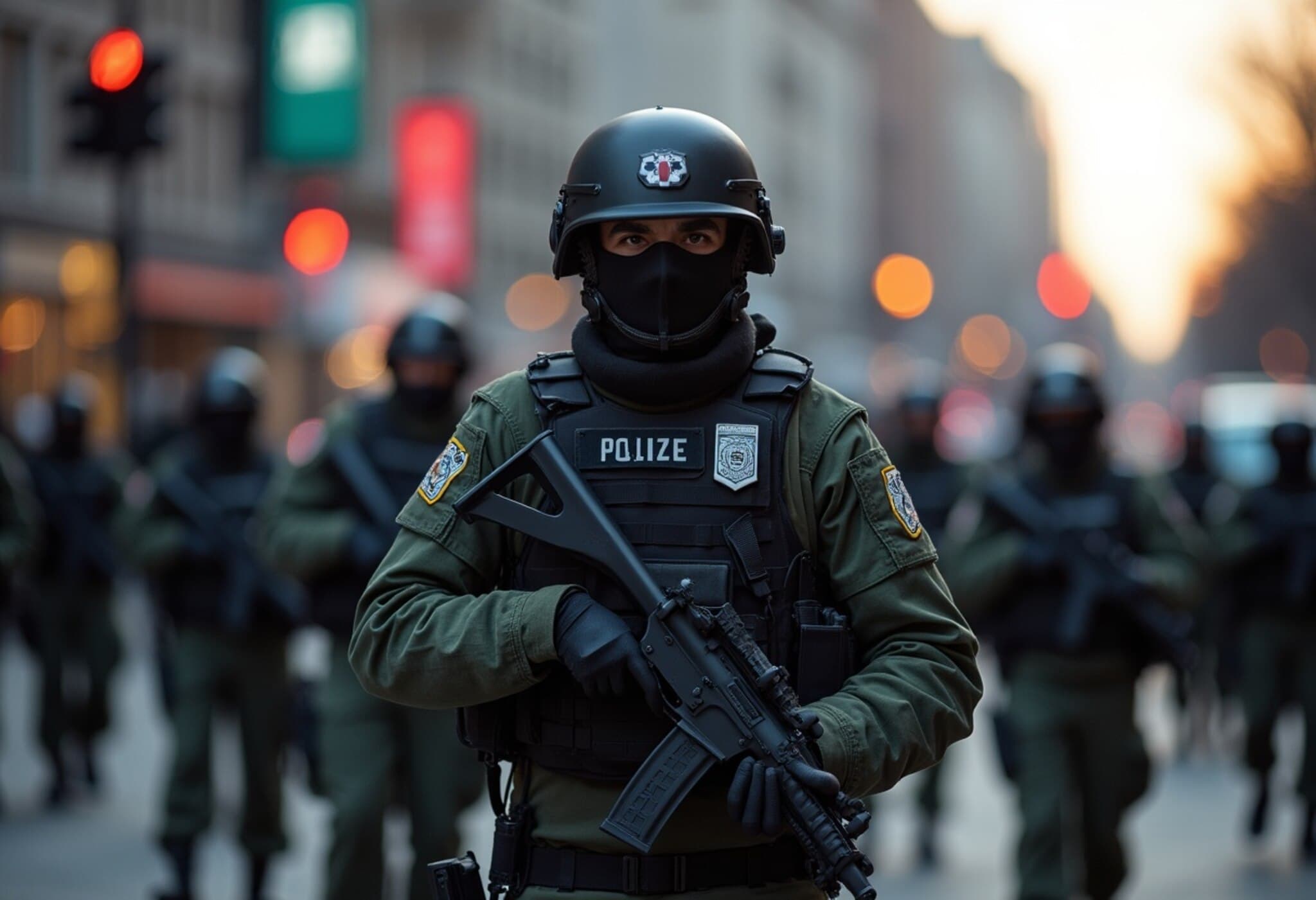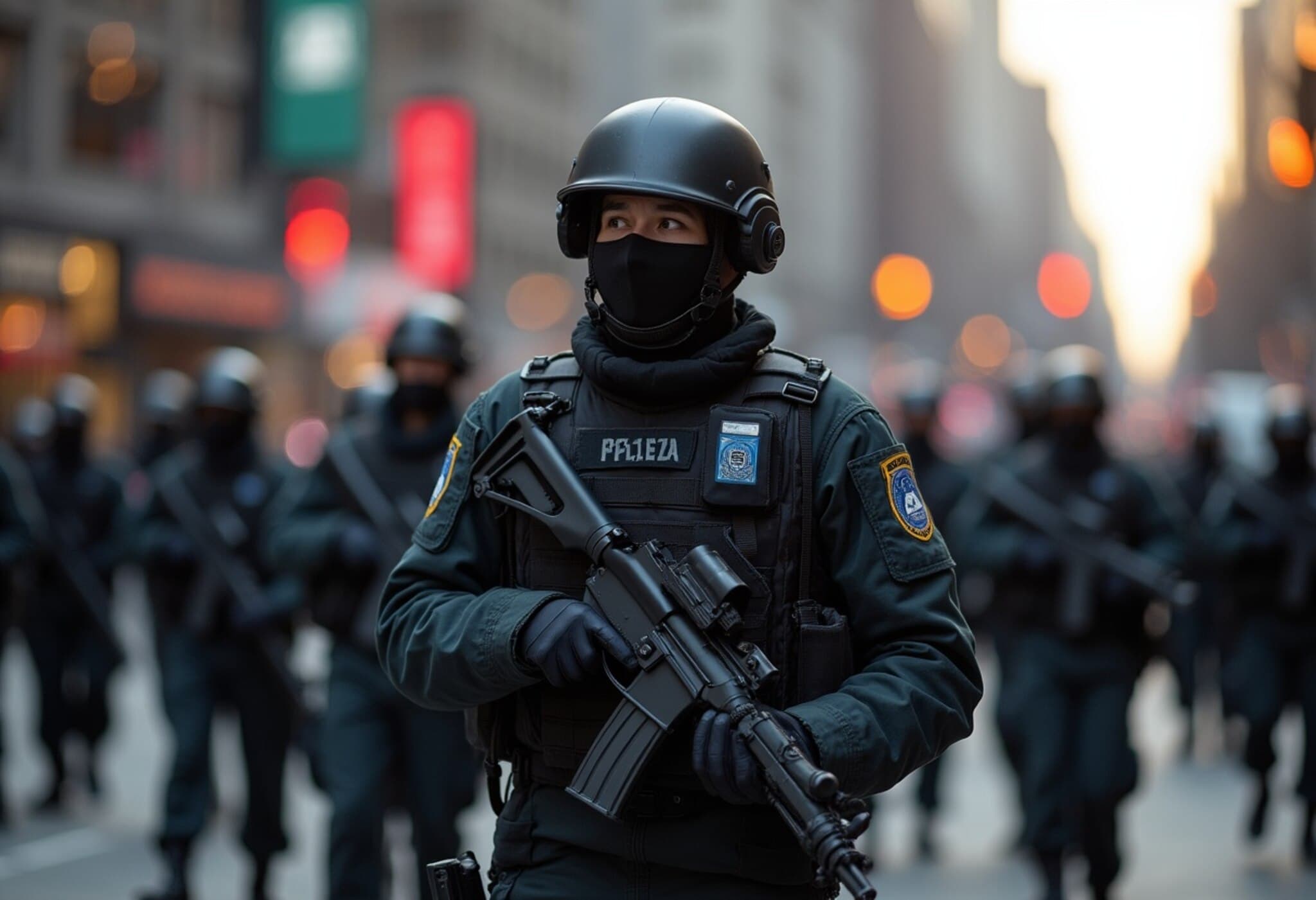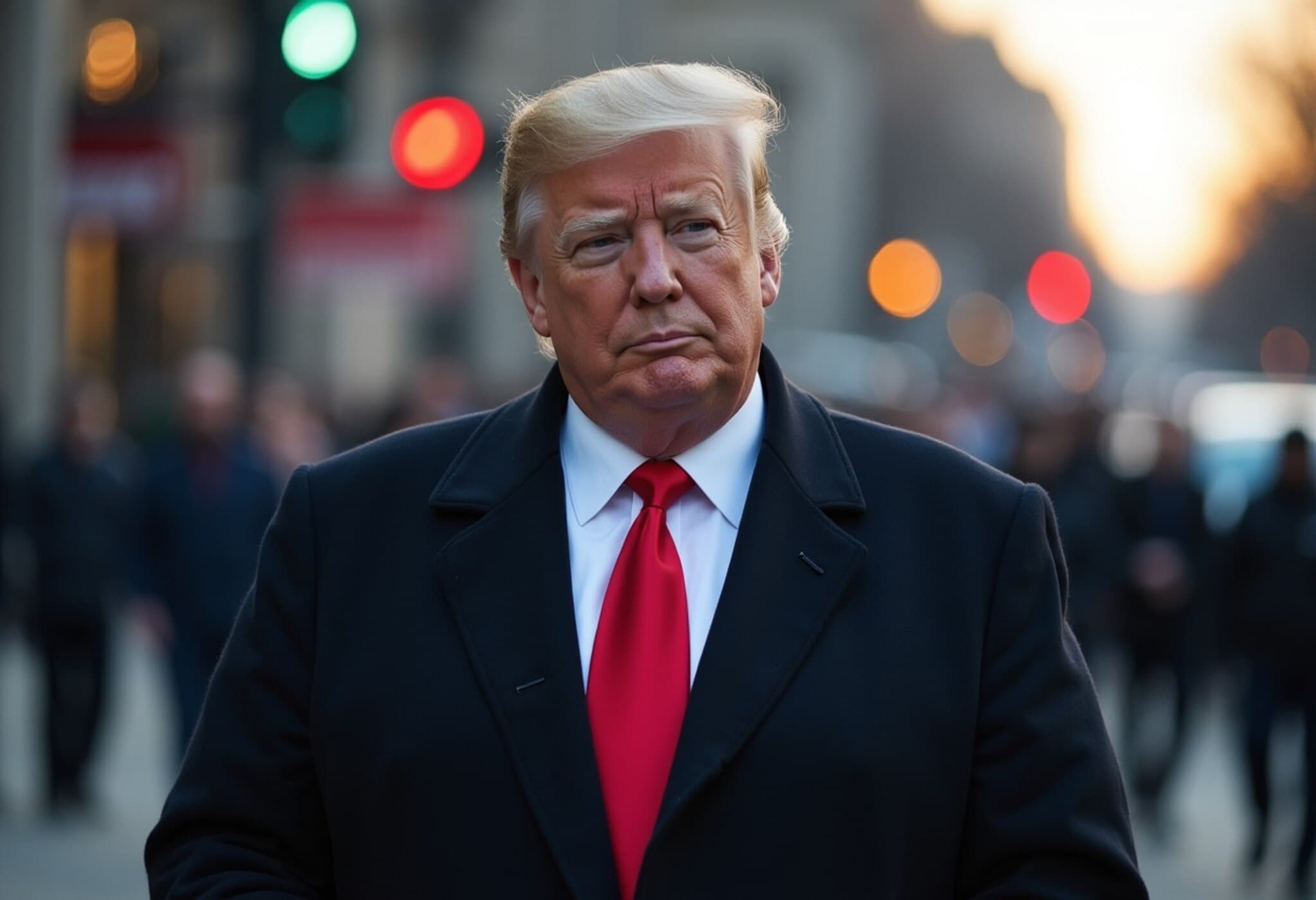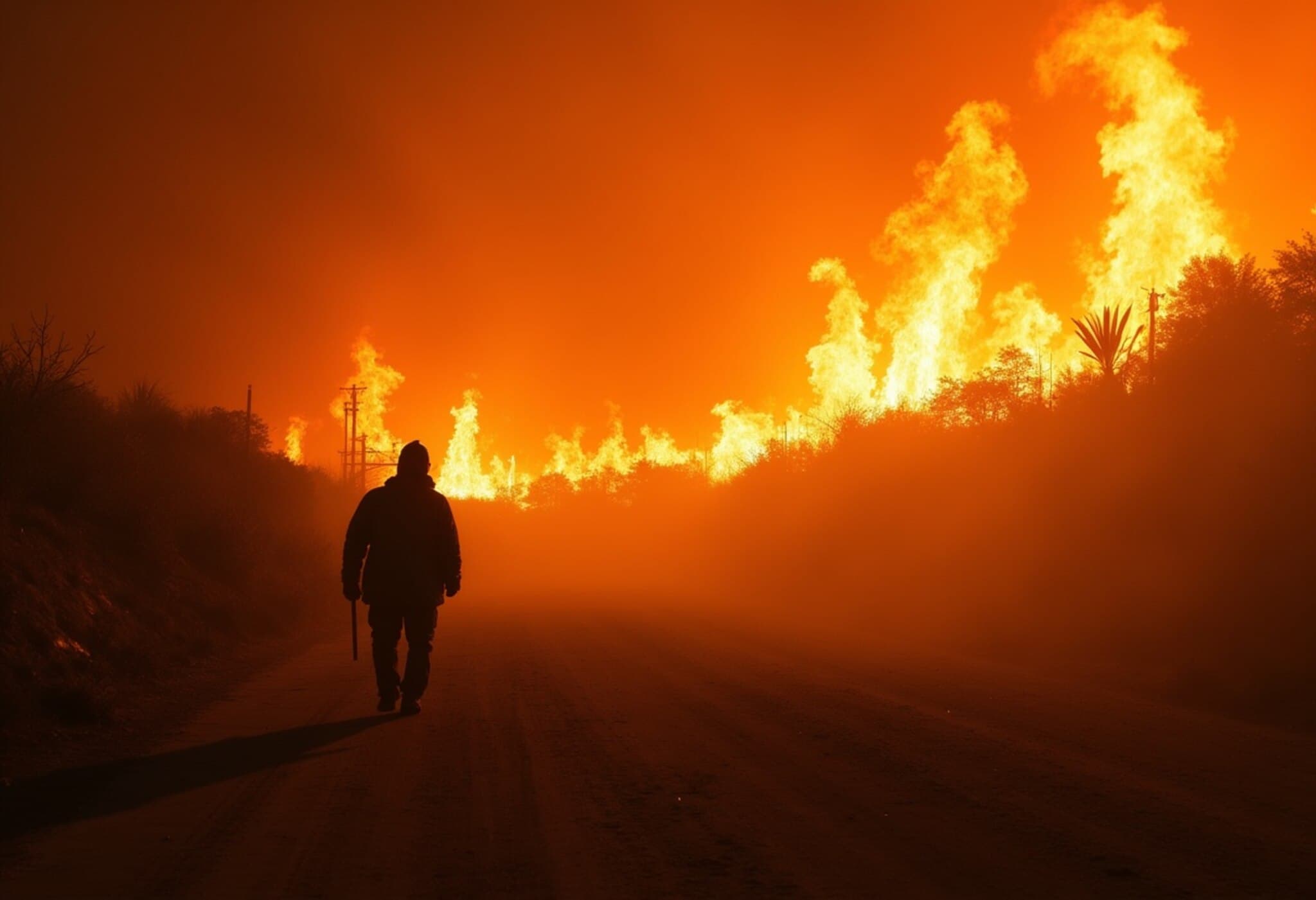National Guard Troops Arrive in Washington, DC Amid Controversial Federal Takeover
In a move that has stirred debate across political and civic spheres, President Donald Trump’s administration deployed 800 National Guard troops to Washington, DC, initiating a federal takeover of the city's law enforcement efforts. This significant intervention aims to address what the White House describes as escalating violent crime within the nation’s capital.
Federal and Local Dynamics: Cooperation or Clash?
The arrival of National Guard troops on Tuesday morning marks the beginning of a new chapter in Washington’s public safety strategy. Positioned alongside the Metropolitan Police Department (MPD), these troops are tasked with supporting crime reduction efforts. However, the cooperative spirit highlighted by Mayor Muriel Bowser earlier stands in contrast with her previous skepticism toward the federal intervention.
Mayor Bowser emphasized to reporters, "How we got here or what we think about the circumstances right now we have more police, and we want to make sure we use them," signaling a pragmatic shift towards collaboration despite earlier criticisms.
Strategic Deployment Amidst Uncertainty
While the White House confirmed National Guard patrols would be active by Tuesday night, details about their exact deployment locations remain undisclosed, fueling public curiosity and some unease. CNN reported armored vehicles stationed near landmark locations such as the Washington Monument, raising questions about the immediate operational objectives of the troops.
Officials indicated that joint operations with the MPD would prioritize known "high traffic areas and hotspots," focusing efforts where violent crime reportedly concentrates. Still, the White House’s narrative that the city has become "lawless" is contested by local authorities citing decreasing crime statistics
Legal and Political Context
From a policy perspective, the president's decision to assert direct control over a city’s police department through federal law enforcement and National Guard activation underscores a rare exertion of federal authority over a unique jurisdiction like the District of Columbia. Such actions walk a fine legal line — permissible only temporarily — and have sparked discussions about federalism, local autonomy, and civil rights implications.
Experts caution that while the presence of additional law enforcement can bolster crime-fighting capacity, it also risks escalating tensions if community engagement and transparency are undermined.
Voices from the Ground
Vice Chief of Staff of the Army, General James Mingus, was seen addressing the incoming National Guard units at the D.C. National Guard Armory, underscoring the military’s role in supporting civil authorities during times of crisis.
Meanwhile, Attorney General Pamela Bondi tweeted about the importance of safeguarding residents and tourists, reflecting the administration’s framing of this operation as vital to public safety.
Looking Ahead: Questions and Concerns
- How will the temporary federal control impact the longstanding balance between local and federal law enforcement?
- Will the deployment genuinely reduce violent crime, or could it exacerbate existing social tensions?
- How are the concerns of Washington’s diverse communities, including homeless populations, being addressed in the new law enforcement strategy?
As the National Guard members begin patrolling the streets, these questions remain pivotal to assessing the long-term effects on governance, civil liberties, and urban safety.
Editor’s Note
The federal mobilization in Washington, DC, presents a compelling case study of the interplay between national authority and local governance amid public safety challenges. While the initiative underscores an urgent response to violent crime, it also raises critical questions about the sustainability of such interventions and their impact on community trust. Observers and policymakers alike must monitor whether this approach fosters collaborative solutions or deepens divisions within the capital’s social fabric.

